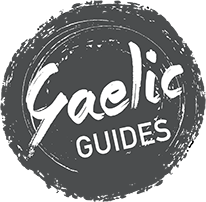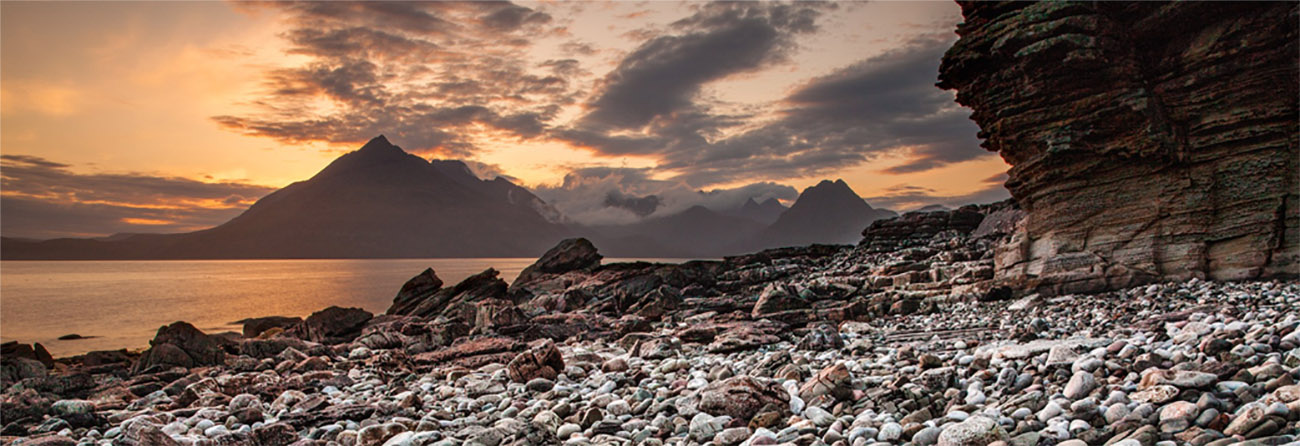The role of Gaelic in modern Scotland?
A visitor to Scotland, or even someone who’s lived here all their life, will easily get by without a word of Gaelic. All Gaelic speakers will also speak English these days, although perhaps some of an older generation might still be more comfortable in Gaelic.
The best information available – from the 2011 Census – has the number of Gaelic speakers at 57,600. A little more than 87,000 said they had some Gaelic language skills. This represents only 1.7% of the Scottish population, so nationally, Gaelic speakers are few and far between. It used to be true that most of those Gaelic speakers would be in the Highlands, and in particular in the Islands. Nowadays there are as many Gaelic speakers living south of the ‘Highland line’ as there are in more traditional Gaelic areas. It is still the case that the communities with the greatest concentrations of Gaelic speakers are to be found in the inner and outer Hebrides – islands in the Western Isles and Argyll.
But leaving aside the numbers of Gaelic speakers themselves, there is no doubt that the language has left an indelible mark on the landscape. Take a look at any map of Scotland, and over virtually the whole country, you will find place names which are clearly still Gaelic, or owe their roots to Gaelic. In the heart of Edinburgh, Calton Hill is named after the Hazel tree – Calltainn in Gaelic. Any placename containing any one of these elements has come from Gaelic: ‘Ach’ – (Achadh – a field); ‘Kil’ – (Cille – a monk’s cell, or chapel); ‘Kin’ – (Ceann – head); ‘Bal’ – (Baile – a town or farmstead).
Go beyond that into more detailed mapping, and particularly in the Highlands, virtually every stream, mountain, hillside, or rock will have a specific Gaelic name. This shows, not only that the Gaelic-speaking people were intimately familiar with their environment, but also that these detailed placenames were sufficiently well-remembered and used so that they could be passed on to the English-speaking surveyors involved in the mapping work. It is tremendously ironic that the mapping work started by the Government to help quell the Highlands after Culloden – a process also intended to quash the Gaelic language – has become such a rich language resource.
These days the growth of a new generation of Gaelic speakers – educated in Gaelic language schools across Scotland – is helping to add a new vibrancy to the language. The renaissance of Scottish and Gaelic traditional music is also playing its part, alongside an expanding broadcasting sector. All of this undoubtedly contributes to Scotland’s rich diversity, and makes an economic contribution.
So, yes, it is possible to visit Scotland and to see and hear no Gaelic at all – but having your eyes and ears open to Gaelic and its echoes from the past will add an extra dimension to your trip.

